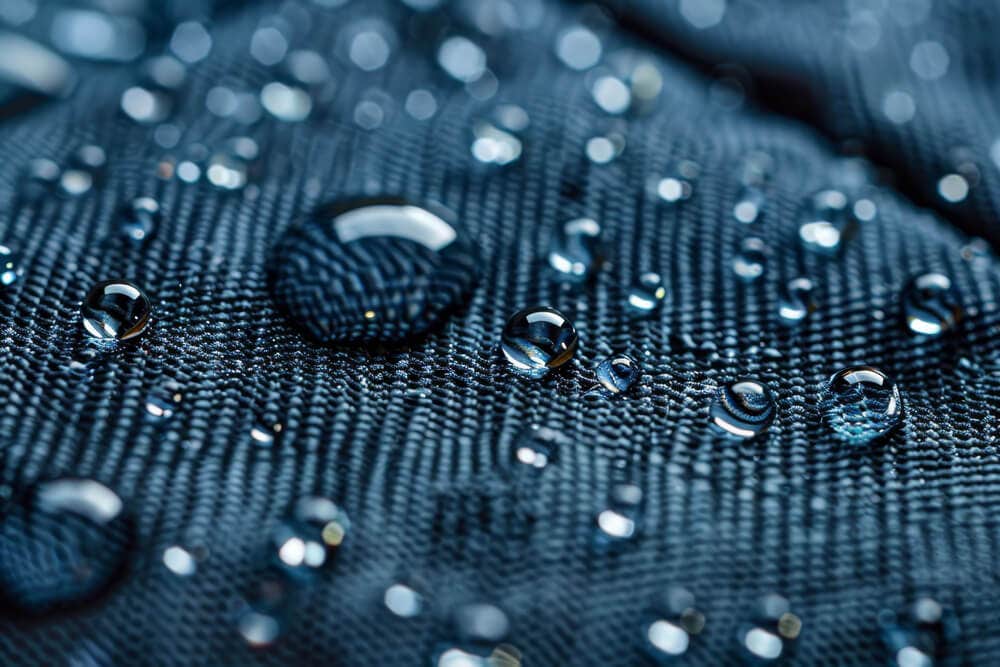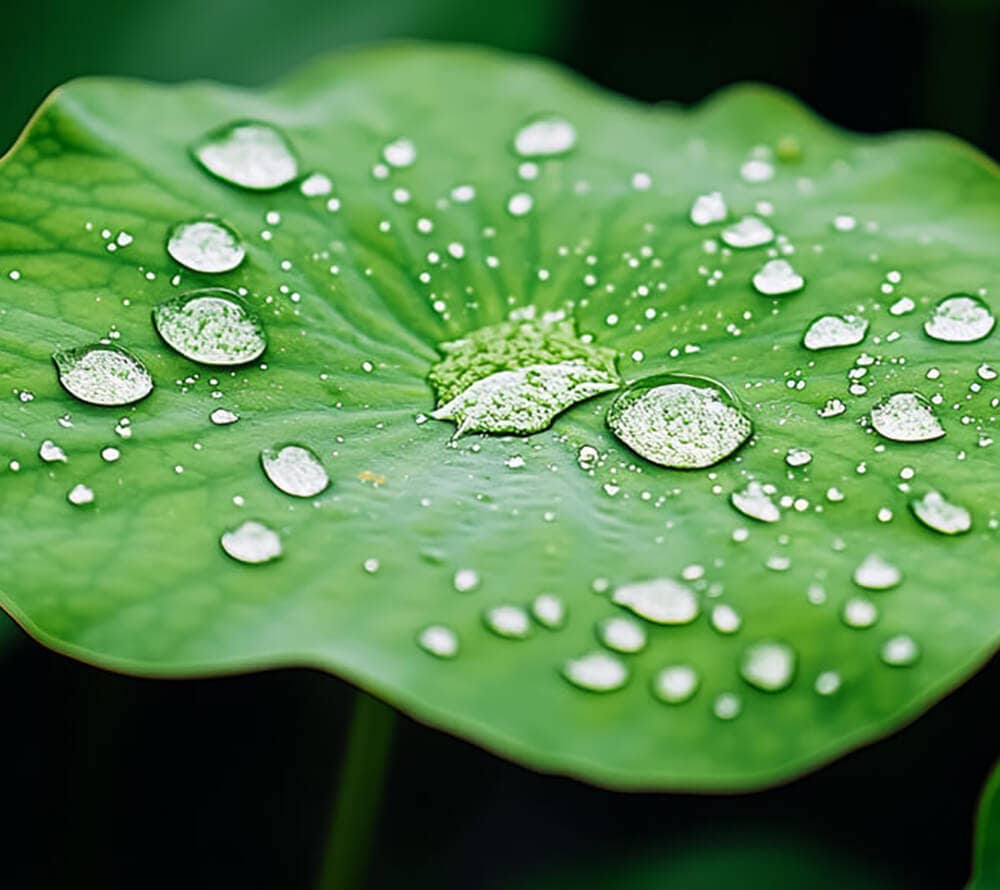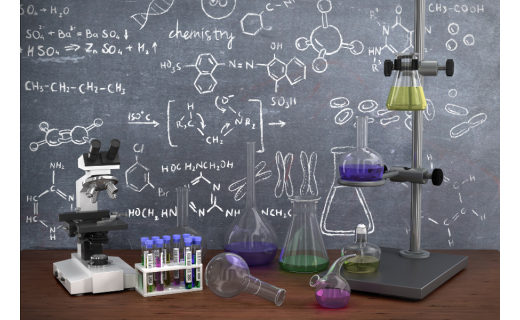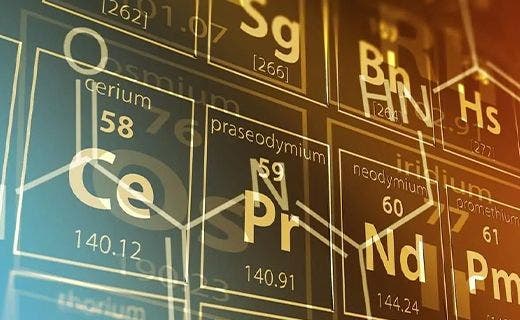Let It Rain, Let It Rain, Let It Rain!
Waterproof Materials Keep Us Dry This Winter, But Their Uses Stretch Much Further
1st December marks the beginning of winter in the Northern Hemisphere. But instead of swirling snowflakes and enchanting winter wonderlands, December often serves up a less magical reality: a persistent pitter-patter of rain that tests our resolve as well as our wardrobes. As the weather outside turns frightful, there is one invention that has proven truly delightful: waterproof materials. From our trusty raincoats to high-tech fabrics, the story of waterproofing is a tale of human ingenuity driven by necessity. It’s a story that begins with one man’s struggle against the elements and evolves into the cutting-edge materials science of today.




A Wet Problem: The Birth of the Mackintosh
In the early 19th century, Scottish chemist **Charles Macintosh** (1766–1843) faced a common problem: the unrelenting rain of his homeland. Traditional woolen and leather garments, while warm, were utterly ineffective against the constant drizzle. Seeking a solution, Macintosh developed a revolutionary method of combining rubber with fabric.
The process involved dissolving rubber in naphtha (a byproduct of coal tar) and sandwiching it between two layers of cloth. The resulting material, patented in 1823, was not only water-resistant but also flexible and lightweight for its time. Thus, the **Mackintosh coat**—or simply "Mac"—was born. It became an instant favorite among commuters, outdoor workers, and eventually, fashion-conscious individuals.
However, early Macs weren’t perfect. The rubber became sticky in warm weather and stiff in cold conditions. Additionally, sewing the garments punctured the fabric, compromising its waterproof qualities. These issues were eventually resolved through the process of vulcanization, introduced by Charles Goodyear in 1839, which stabilized rubber against temperature changes.
From Rubber to Polymers: The Evolution of Waterproofing
Fast-forward two centuries, and waterproof materials have become an integral part of our lives. The once-simple Mac has evolved into high-performance garments designed to withstand the harshest conditions. This transformation was driven by the discovery of synthetic polymers and advancements in textile engineering.
In the mid-20th century, materials like PVC (polyvinyl chloride) and polyurethane became widely used to coat fabrics, offering improved durability and flexibility. These coatings paved the way for modern rainwear and waterproof accessories.


Today, researchers are pushing the boundaries of waterproofing even further. Nanotechnology allows fabrics to repel water at a molecular level, creating superhydrophobic surfaces inspired by nature, such as the lotus leaf. These materials not only keep you dry but also resist stains and dirt, making them ideal for both performance and everyday use. One innovative technology consists of liquid-like surfaces. These are made up of water-resistant molecules bonded to a solid silicone surface underneath. It is an ultra-thin layer that acts as a lubricant between the water droplets and the surface itself, allowing water droplets to easily glide off with minimal friction. This enhanced droplet mobility opens up a range of transformative applications, including improved heat transfer in pipes, de-icing, and anti-fogging uses. According to the researchers, it could also help with microfluidics, where tiny droplets need to be moved around smoothly, and with creating self-cleaning surfaces. Another focus is on sustainable materials. Several innovative materials have emerged in recent years, offering eco-friendly alternatives to traditional methods, e.g. bentonite clay or self-healing elastomeric coatings, which stretch and reseal minor punctures to maintain waterproof integrity.
Waterproofing: More Than Just Fashion
Beyond clothing, waterproof materials are used in a wide variety of applications to prevent water damage on items or structures, ranging from simple to high-tech:
- Construction: Waterproofing is one of the most important aspects of any building project. By creating a barrier on surfaces that have high contact with water such as foundations, roofs, and walls, it ensures their structural integrity and durability.
- Medicine: Waterproof materials protect healthcare workers and patients from infection and contamination, thereby enhancing the effectiveness of medical procedures. For example, wound dressings made from polyurethane create a protective barrier against pathogens while maintaining a moist environment conducive to healing. In drug delivery, waterproof coatings on tablets or capsules can protect medications from moisture damage and control their release rate. Waterproof materials are also used in the manufacture of catheters and implants to ensure their functionality and safety in wet environments.
- Food industry: Waterproof materials are essential for maintaining hygiene and safety. They are used in protective gear like gloves and aprons to prevent contamination, on easily sanitized surfaces, and in packaging that preserves freshness and prevents moisture infiltration—all critical for meeting strict safety standards.
- Electronics: In aerospace and automotive industries, waterproofing ensures durability for sensors, wiring, and components exposed to moisture or extreme conditions. Consumer electronics, including smartphones, tablets, and smartwatches, are increasingly designed to protect their internal components from moisture and dust, allowing users to engage in outdoor activities without fear of damaging their devices.
- Technology: Renewable energy systems, such as solar panels and wind turbines, depend on waterproof materials to endure harsh weather. Underwater robotics also leverage these materials for reliability and longevity in extreme underwater conditions.
From everyday applications to advanced technologies, waterproof materials play a pivotal role in protecting and enhancing the performance of products and systems in challenging environments.


Waterproof Materials From Goodfellow
If you require waterproof or water-resistant materials, Goodfellow offers a wide choice – we sell:
- Polyurethane (PU)
- Polyvinyl chloride (PVC)
- Elastomers and rubbers e.g. silicone elastomers, EPDM film and natural latex
- Materials that have been chemically modified to become hydrophobic, for example, cellulose (cellulose has the further advantage of being sustainable)
- Polymers, including polyethylene (PE) and polypropylene (PP)
- Metal oxides that can be coated with hydrophobic substances to make them waterproof, such as titanium dioxide, aluminum oxide, or zinc oxide. Used in combination with hydrophobic agents, they form water-repellent surfaces, whilst enhancing durability and functionality.
- Graphene oxide and graphene functionalized with hydrophobic groups can be also used in myriads of applications such as smart textiles, protective coatings and waterproof electronic devices.
What Is the Lotus Leaf Effect?
The lotus leaf possesses remarkable self-cleaning and water-repellent properties due to its unique surface structure. At the microscopic level, lotus leaves have a complex surface characterized by:
- Nanostructures covered with hydrophobic wax crystals
- Tiny bumps called papillae
- A rough surface with uneven textures at the nanoscale
The lotus leaf is considered super hydrophobic, with a water contact angle higher than 160° and a roll-off angle lower than 5°. When water contacts the leaf, it forms spherical droplets that roll off immediately, picking up dirt and contaminants in the process12. This self-cleaning mechanism occurs because the leaf's surface minimizes water's surface energy, preventing water from spreading and instead causing it to bead up.
Scientists have been inspired by the lotus leaf to develop various materials and technologies, for example self-cleaning paint, nanofabrics and protective coatings. The lotus leaf's design has become a prime example of biomimicry, where natural structures inspire technological innovation.


Conclusion
So, next time you're out and about, sheltered under your umbrella while juggling bags of Christmas shopping, or (if you’re lucky!) racing down snowy slopes, take a moment to appreciate the science and technology behind your waterproof gear. From Charles Macintosh’s pioneering rubberized fabric to today’s advanced nanotechnology, waterproof materials have enabled us to explore, protect, and innovate in ways previously unimaginable.
Sources:
- https://www.britannica.com/biography/Charles-Macintosh
- Kumar, Abhishek, Manshahia, Manpreet. Evolution of Waterproof and Water Resistant Fabrics for Garments. 2023/03/06. ISBN: 978-81-953853-8-6
- Chen, L., Huang, S., Ras, R.H.A. et al. Omniphobic liquid-like surfaces. Nat Rev Chem 7, 123–137 (2023). https://doi.org/10.1038/s41570-022-00455-w
- A Brief History of PVC - Piper Plastics Corp.
- https://www.ptonline.com/articles/tracing-the-history-of-polymeric-materials----part-28-polyurethane-
- De Grave, P. Botija, H.N. Hansen, P.T. Tang. Manufacturing and characterization of water repellent surfaces. Second International Conference on Multi-Material Micro Manufacture, 281–284 (2006). https://doi.org/10.1016/B978-008045263-0/50063-5







